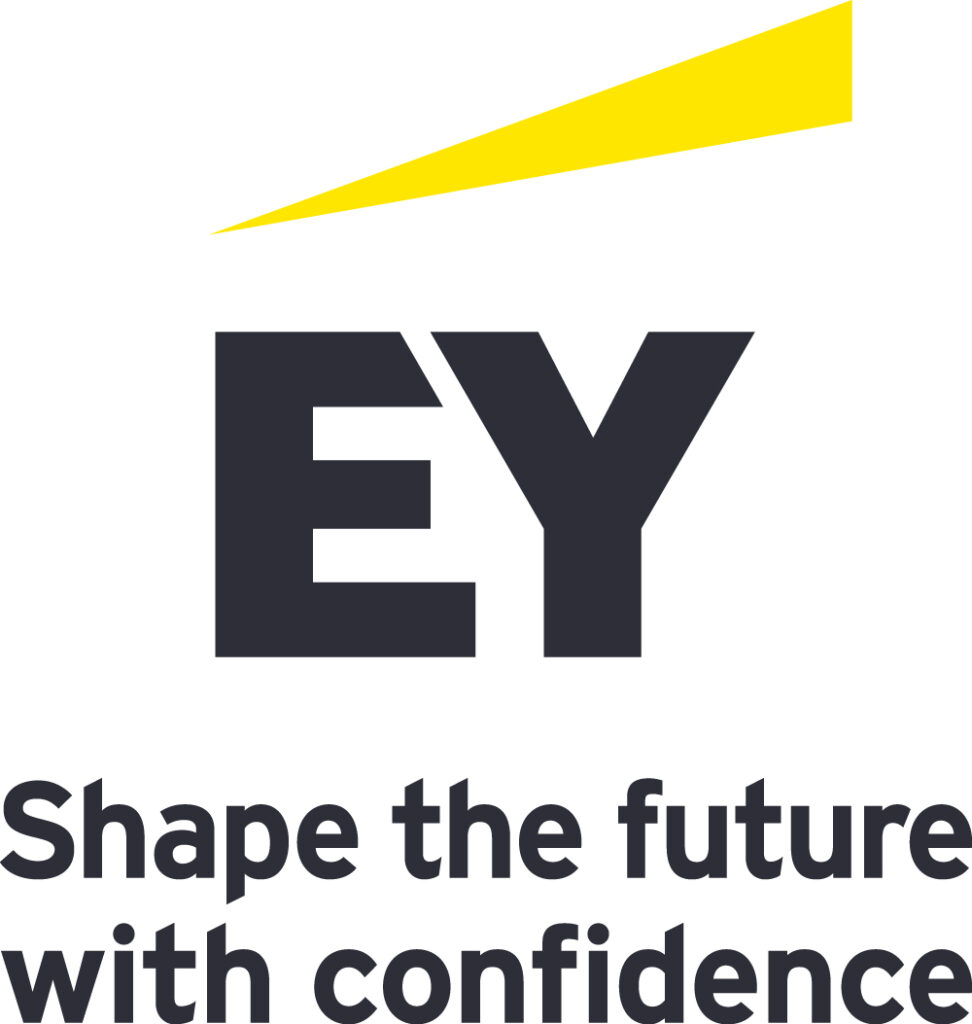EY case study
EY teams provide consulting, assurance, tax, and transaction services that help solve clients’ toughest challenges and build a better working world.
Company overview
EY teams provide consulting, assurance, tax, and transaction services that help solve clients’ toughest challenges and build a better working world.
On sustainability, the EY cross-functional capability is recognised as market-leading – with Verdantix’s ESG And Sustainability Consulting 2024 report indicating EY teams are one of the three highest scorers across each service line and noting that EY teams are well placed to undertake sustainability projects that cross categories, for large firms across industries and with varying levels of ESG maturity.
Client overview
The client is a global automotive OEM, with operations across EMEIA, APAC, and the Americas. Based on its footprint, it was facing a variety of climate-related regulations, in addition to operational and financial impacts associated with climate change and broader sustainability issues.
SDG Ltd have been providing environmental and social responsibility consultancy to AMCO since 2022, focusing on reducing carbon emissions, minimising waste, developing social value initiatives and impact focused charity partnerships. AMCO are an international logistics and supply chain organisation providing end-to-end logistics solutions, including transport via road, air, sea and rail, warehousing, customs clearance and 4pl.

Sustainability Challenges
The client faced an imperative to evaluate and respond to climate-related risks and opportunities, and to comply with evolving regulatory requirements to report in line with the Taskforce on Climate-Related Financial Disclosure (TCFD) recommendations.
This was the first time the client had conducted detailed work on this topic, meaning processes for assessment needed to be built, in line with the client’s broader risk management processes.
In particular, a challenge was anticipated regarding transparency on the upstream value chain. Clarity as to the identity of tier 2+ suppliers was not always available – presenting challenges in understanding and quantifying climate-related risks in supply chain.
As a priority for the client, moving forward it wanted to be able to conduct future assessments in-house and to embed findings into future strategy and business planning. Consequently, the ability to conduct future refreshes of the assessment in-house needed to be design principle of the work.
Project scope
EY teams conducted a gap analysis and benchmarking of the client’s prior progress on climate risk across TCFD requirements and evaluated comparative performance versus peers.
EY teams conducted a climate risk and opportunity identification and prioritisation exercise. This supported the creation and validation of a climate risk and opportunity register, and an initial risk assessment to identify the most material risks and opportunities.
For most material risks and opportunities, quantitative climate scenario and financial impact analysis was conducted. This aimed to identify potential financial impacts on the client across three temperature scenarios (“Net Zero” 1.5°C warming equivalent, “Delayed Transition” >2°C warming equivalent, and “Business as Usual” >4°C warming equivalent by 2100).
EY teams then assisted the client in the development of external-facing disclosures on the topic – including recommendation of format for disclosure of scenario analysis, and evaluation of potential future regulatory requirements against which alignment would be required.
Based upon findings, EY teams supported the client to develop a roadmap for future activity on the topic, including alignment of climate risk and opportunity processes with internal business planning and compliance processes.
Sustainability innovations
As referenced in section 1. of this case study, a particular challenge was faced with availability of upstream value chain information.
Based on the data available, EY teams worked with the client to develop pragmatic methodologies to quantitatively model potential risk and supported with qualitative analysis where no quantitative modelling was possible. In more recent work, EY teams are supporting the client with its upstream data management imperatives, particularly in response to regimes such as the EU Carbon Border Adjustment Mechanism and EU Deforestation Regulation.
Results and Supporting Evidence
This project directly delivered for the client:
- Climate risk and opportunity register informing future business planning
- Internal processes and expertise supporting future climate-related financial impact reporting
The client was then also able to conduct first-year climate-related financial reporting based on the project.
Client quote: “The project enabled detailed scenario analyses, modelling different climate futures and their potential impacts on our business. This has helped in engaging management, making informed decisions, and preparing for various possible outcomes.”
Key Takeaways
Challenges overcome and lessons learned
The evolving regulatory environment means that careful consideration needed to be considered when developing processes.
For businesses undertaking TCFD disclosure processes, this is particularly true given new regulations such as the EU Corporate Sustainability Reporting Directive which require separate assessments of the materiality of sustainability impacts, risks, and opportunities via processes which may not be fully aligned to TCFD compliance processes.
In this project, EY teams helped the client to manage this issue by sharing considerations for reporting to align with regulations beyond the direct compliance requirement in question.
ey
Scalability and repeatability
EY teams have now assisted a large number of businesses with their climate-related financial disclosures and impact assessments, basing project approach on a well-established methodology which is adjusted to meet client imperatives and internal processes.
Long-term impact
Transparency on financial impacts associated with climate change is now assessed and disclosed by the client, supporting business planning processes in relation to climate change, and transparency for investors and other impacted parties.